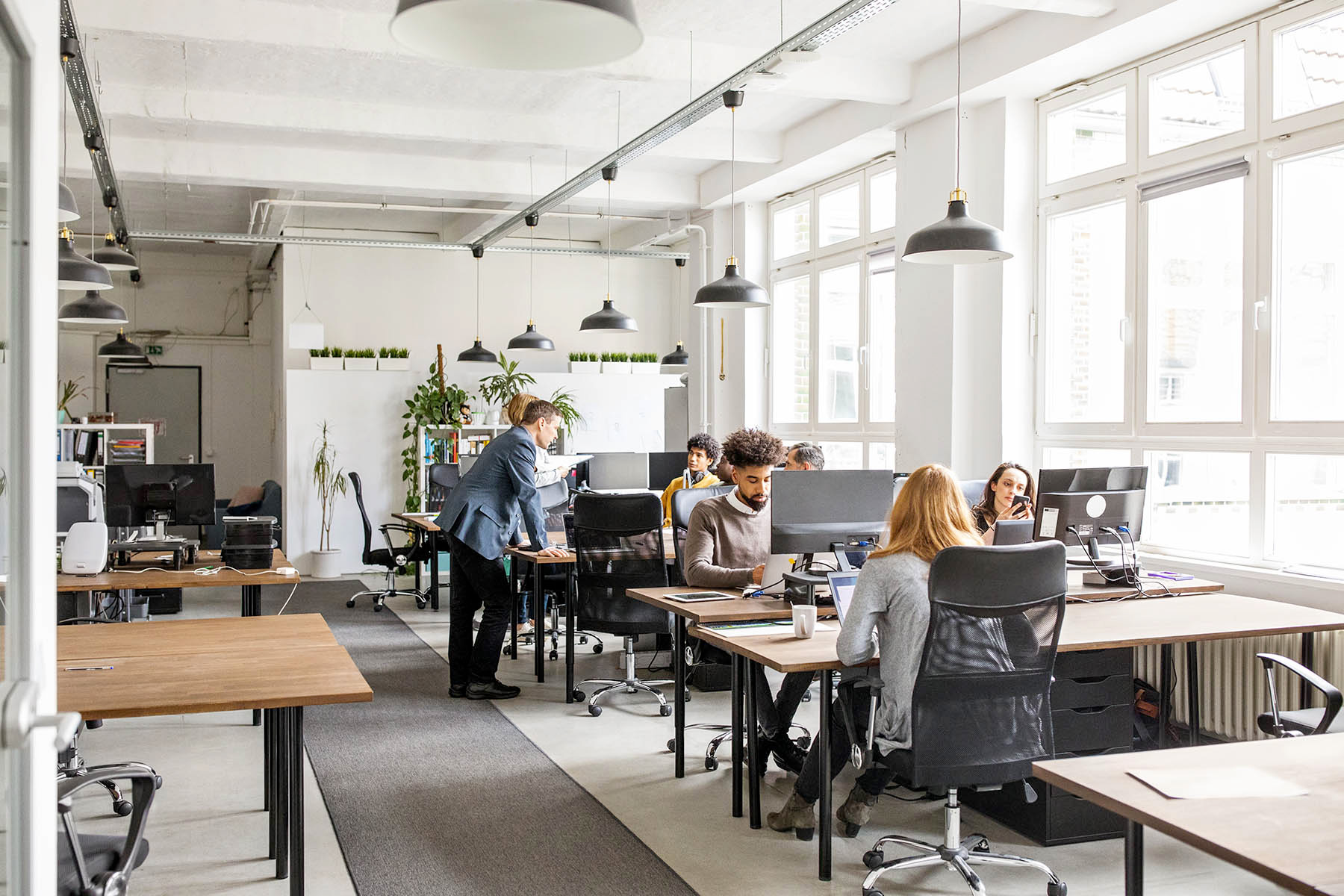Whether you’re starting your own business or relocating, furnishings are one of the most important aspects of designing your workspace.
Fortunately, finding the best office furniture to suit your employees’ needs is an exciting task!
One question is whether you’ll decide to buy or rent your office furniture.
Below you’ll find the pros and cons of buying or renting office furniture.

Option: Purchase of office furniture
Benefits
Total control
One of the most important advantages of buying office furniture is that you own it.
This means you have total control over what you choose to do with it, such as modifications or repairs.
Renting won’t give you this freedom, as the equipment still belongs to the rental company.
You can sell the equipment
Having complete control over the furniture you buy means you can sell it whenever you like, and you’ll also get a return on your investment.
No contract or monthly payment
Another advantage of buying office furniture is that you don’t have to endure all the conditions that come with a contract and monthly payments.
Everything will have been paid for, and you’ll be able to do with it as you please, with no further obligations.
Disadvantages
Initial costs
Obviously, when you buy new office furniture, the initial cost is likely to be quite high.
All costs will have to be paid in advance.
If your company can’t afford to do this, buying may not be the right option.
Longer term
Another disadvantage of buying office equipment is that you’ll probably have to keep the same furniture for longer than you’d like, as you’ll have to factor in the time it takes to sell everything and the time it takes to buy a new set.
Maintenance
You can’t control how your employees use the furniture.
As a result, you may incur maintenance costs due to wear and tear.
This can be costly over time.
Option: Office furniture rental

Benefits
Affordable
Renting your office furniture means you’ll pay less upfront.
So, if your business is just getting started, renting may be the best option, as you may need to cut back on some expenses at the outset.
Tax deductible
Compared to purchasing, where furniture must be depreciated at a rate of 20% per year, in the case of leasing, the full amount of the rental charge can be amortized with the leasing option.
This allows you to spread the payment over several years, then take possession of the furniture at the end of the term by buying back the balance paid (sometimes as little as $1).
Access to superior quality
The beauty of renting office furniture is that you can choose furniture that you wouldn’t otherwise be able to afford.
If you want ergonomic or high-quality furniture for your employees’ well-being, but can’t afford it, renting is the best option.
Flexibility
One of the advantages of renting office furniture is that it gives you much greater flexibility in terms of the layout and design of your office space.
You can choose to renovate or recreate the look of your workspace without having to worry about selling and buying back new furniture.
Instead, you can simply rent different equipment and the rental company will come and collect the old furniture.
Disadvantages
Monthly payments
Although monthly payments are an advantage when it comes to renting office furniture, monthly payments also have their disadvantages.
You have to adjust your monthly budget accordingly, and you may even end up paying more than the furniture is worth over the long term.
No property
Another disadvantage of renting is that you never really own the furniture or equipment.
This means you can never sell the equipment to recoup your costs, nor can you modify the furniture to your liking.
Ultimately, whether you buy or lease office furniture depends on your business needs.
Many factors come into play with these two options.
However, Bureau Plan will answer all your questions and concerns to ensure you make the right decision. Contact us






0 Comments